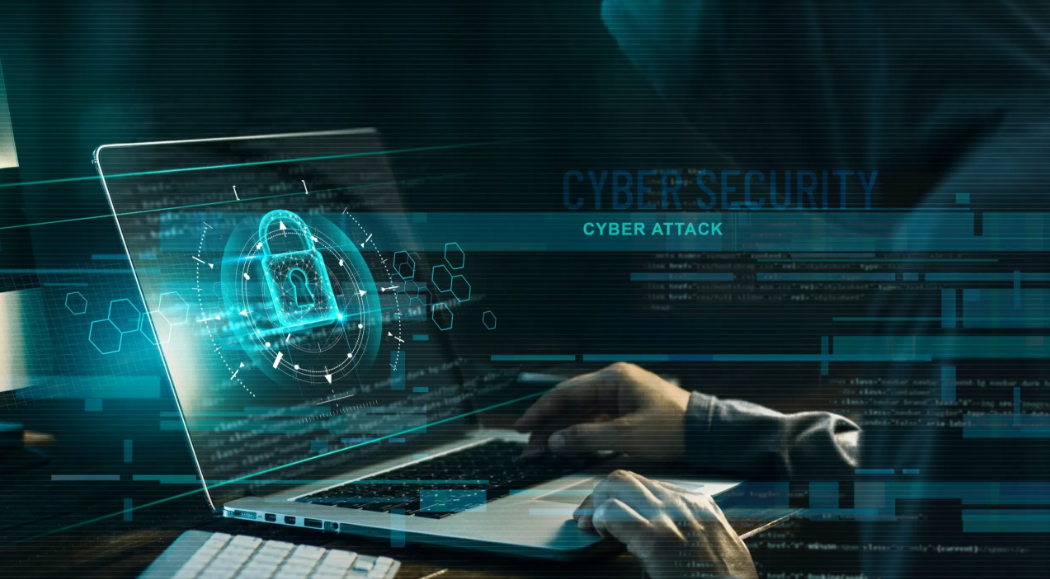The shift to remote work has introduced significant cybersecurity challenges. Organizations must contend with increased vulnerabilities linked to remote access technologies. Effective strategies are required to safeguard sensitive information and ensure secure data transmission. This analysis will explore essential tools and best practices that can fortify remote work environments. The need for a proactive approach to cybersecurity is evident, yet many still overlook fundamental aspects. What steps can organizations take to mitigate these risks?
Understanding the Cybersecurity Landscape for Remote Workers
As remote work becomes increasingly prevalent, understanding the cybersecurity landscape for remote workers has never been more critical.
The reliance on remote access technologies heightens vulnerabilities, making effective threat detection paramount. Organizations must recognize the unique challenges faced by remote workers, including unsecured networks and phishing attacks.
A proactive approach to cybersecurity will empower remote employees to navigate this landscape with confidence and independence.
See also: morningtimenews
Essential Tools for Enhancing Remote Work Security
The security of remote work environments can be significantly enhanced through the implementation of specific tools designed to mitigate risks.
Password managers facilitate the safe storage and generation of complex passwords, reducing vulnerability to unauthorized access.
Additionally, employing secure connections, such as Virtual Private Networks (VPNs), encrypts data transmissions, protecting sensitive information from potential interception.
Together, these tools create a fortified remote work environment.
Best Practices for Protecting Sensitive Information
A comprehensive understanding of best practices for protecting sensitive information is crucial for remote workers navigating an increasingly digital landscape.
Employing data encryption ensures that information remains confidential, mitigating unauthorized access. Additionally, utilizing secure passwords, characterized by complexity and uniqueness, further fortifies defenses against potential breaches.
Adhering to these strategies empowers remote workers to maintain their freedom while safeguarding critical data.
Building a Culture of Cybersecurity Awareness in Remote Teams
While remote teams benefit from flexibility and diverse talent, fostering a culture of cybersecurity awareness is essential to protect organizational assets.
Implementing regular team training sessions enhances cyber hygiene, ensuring that all members understand their roles in safeguarding data.
Encouraging open discussions about cybersecurity challenges cultivates a proactive mindset, empowering employees to take ownership of their digital safety and contribute to a secure remote working environment.
Conclusion
In an era where cyber threats lurk like shadowy phantoms, safeguarding remote workers has become a Herculean task. By leveraging essential tools such as password managers and VPNs, organizations can fortify their defenses against an army of cyber adversaries. Implementing best practices transforms employees into vigilant sentinels of sensitive information, while fostering a culture of cybersecurity awareness equips teams with an unwavering shield. Ultimately, the stakes are colossal; the survival of sensitive data hangs in a precarious balance, demanding unwavering commitment.




 The Rise of Ransomware: Causes, Cases, and Prevention
The Rise of Ransomware: Causes, Cases, and Prevention